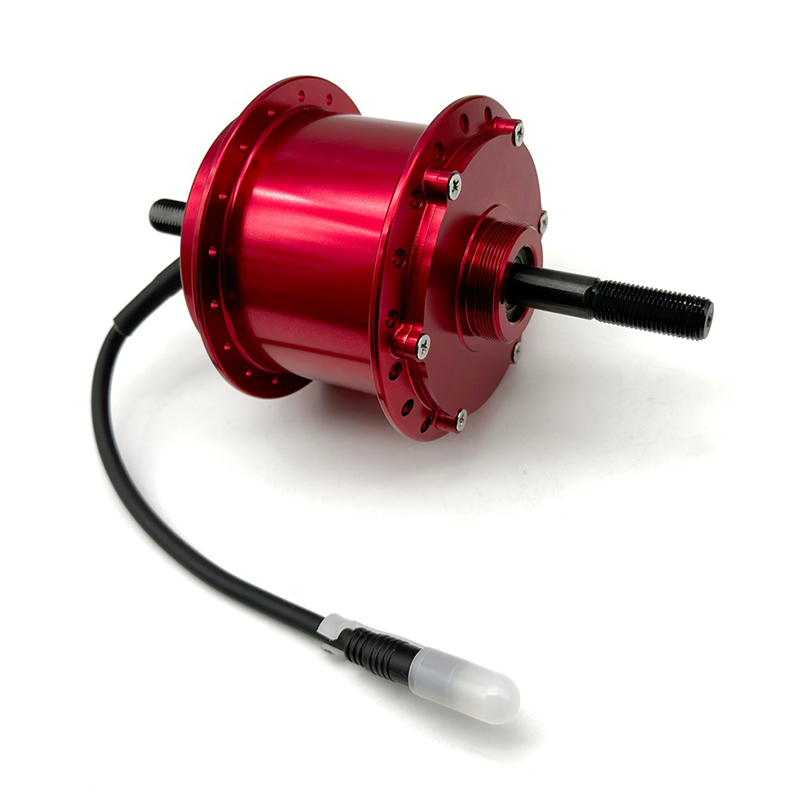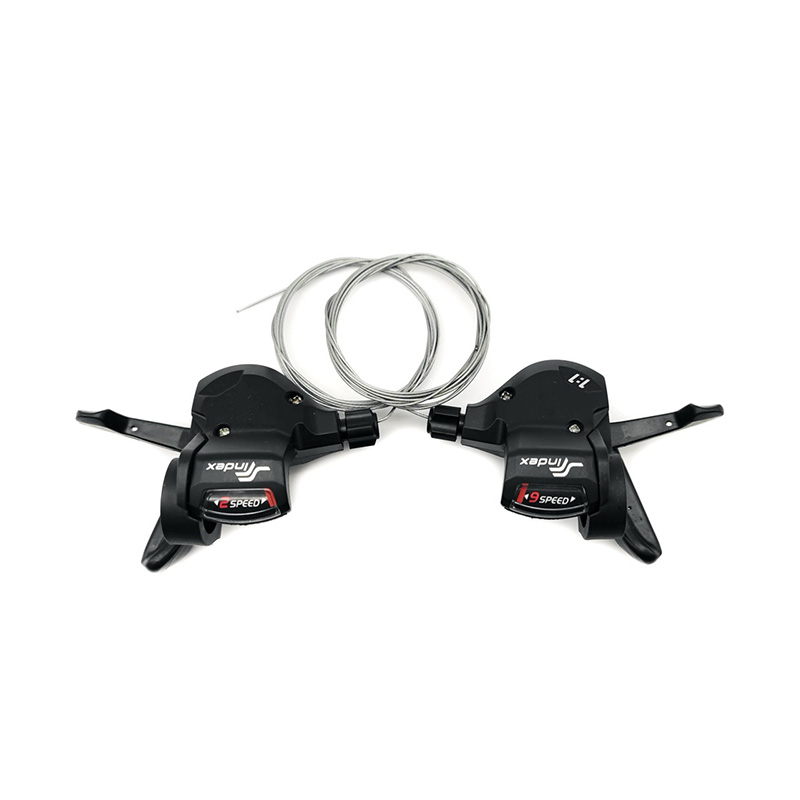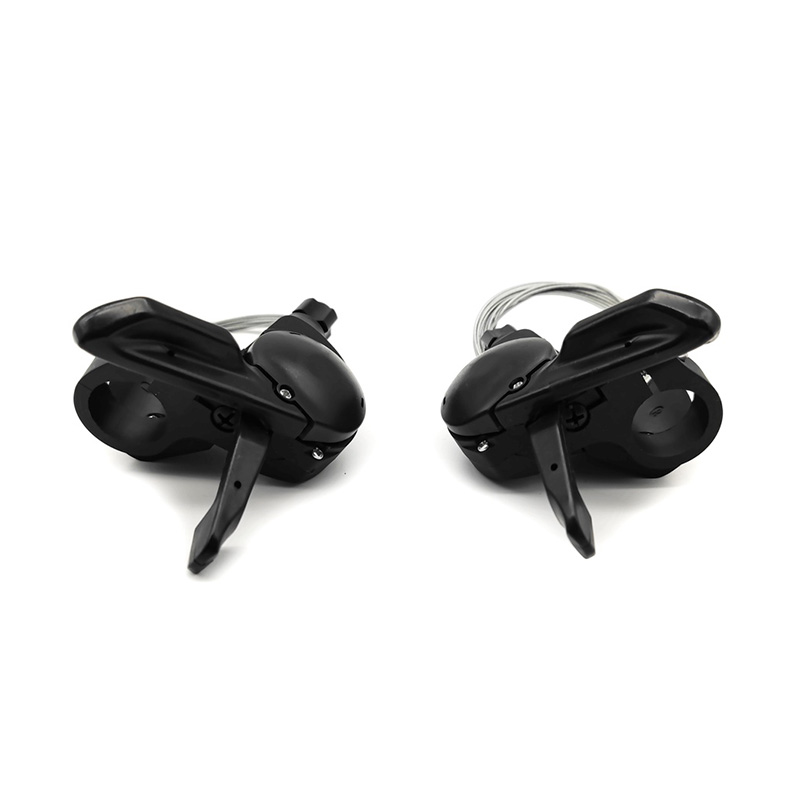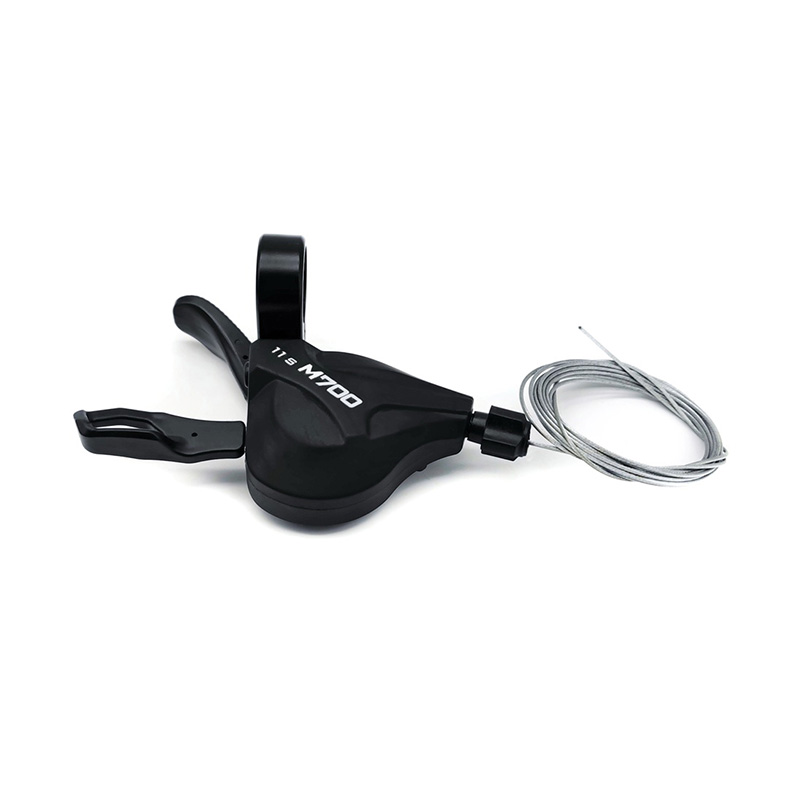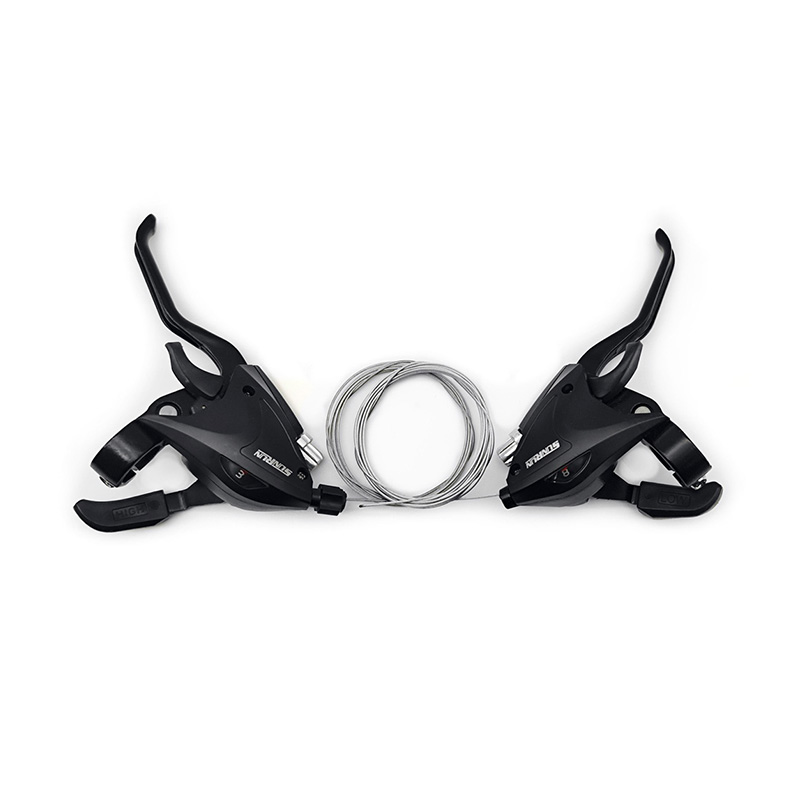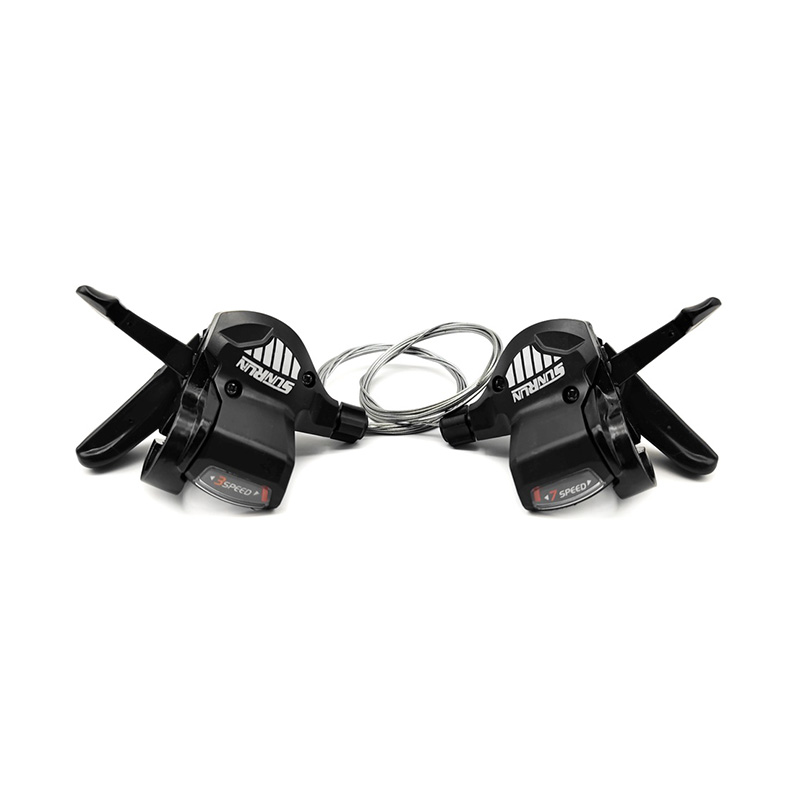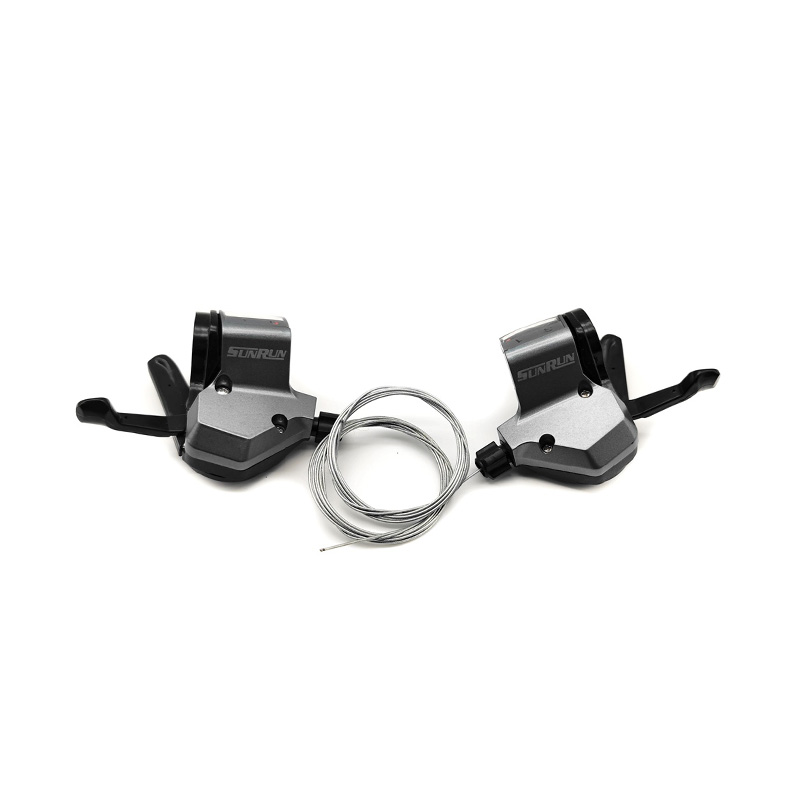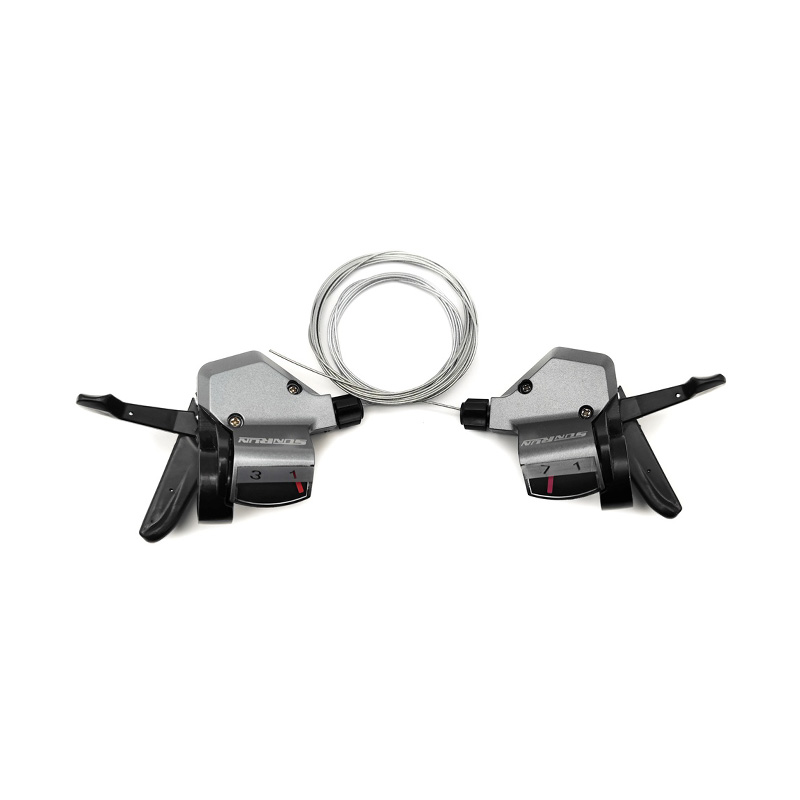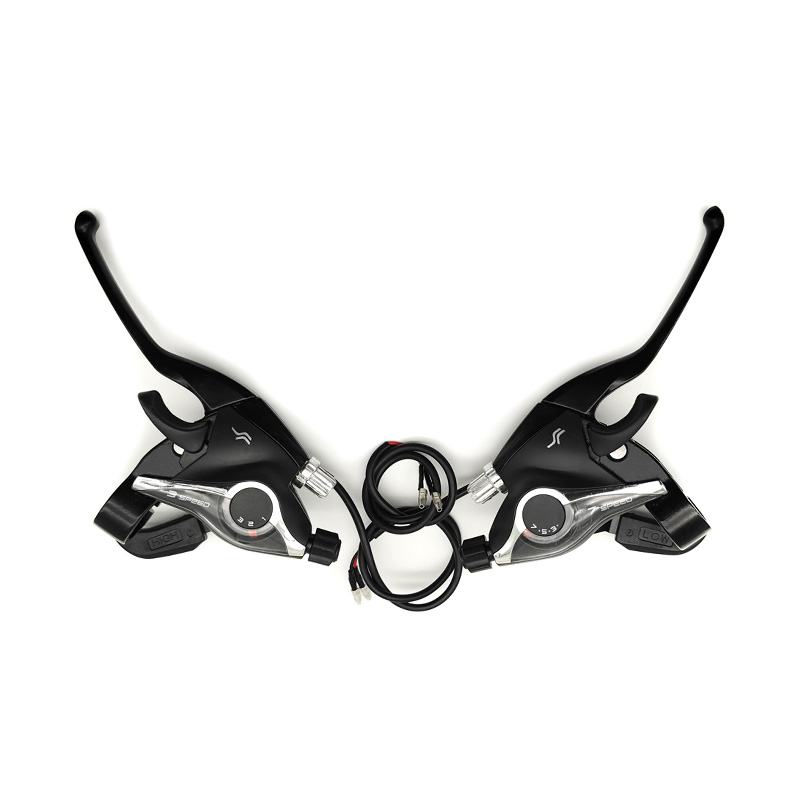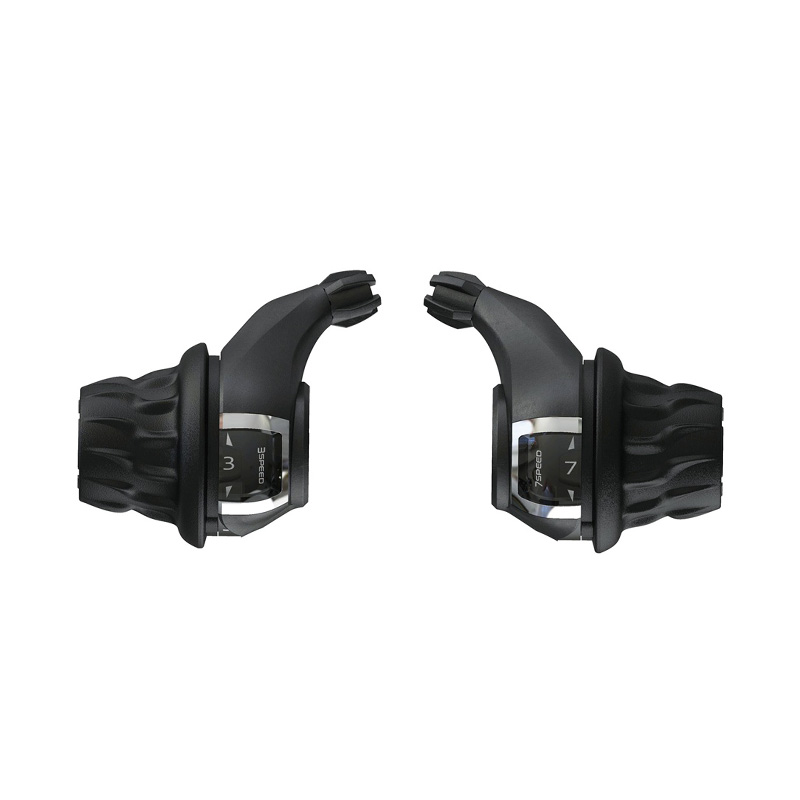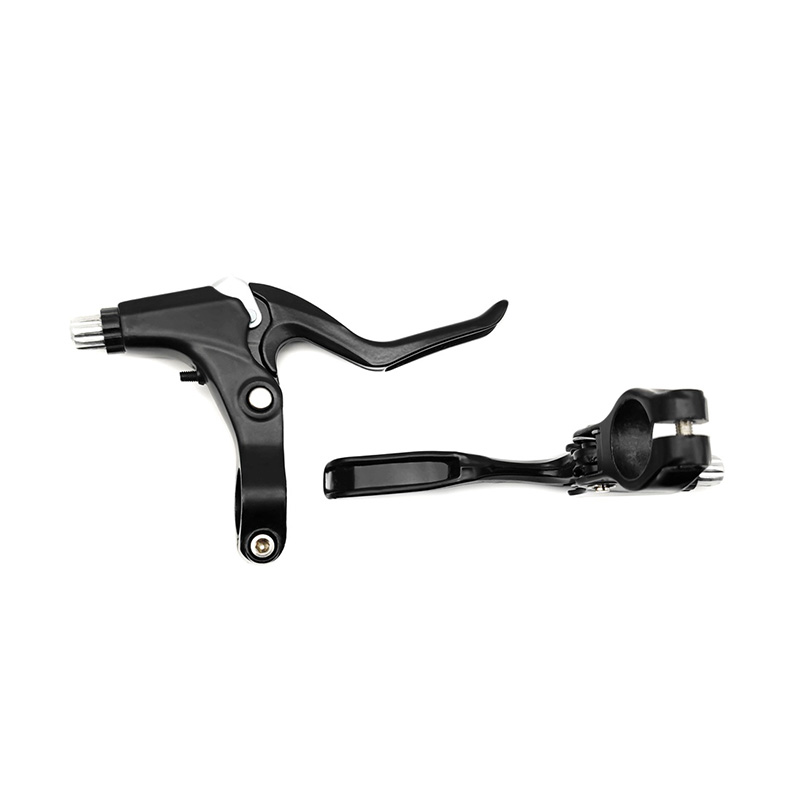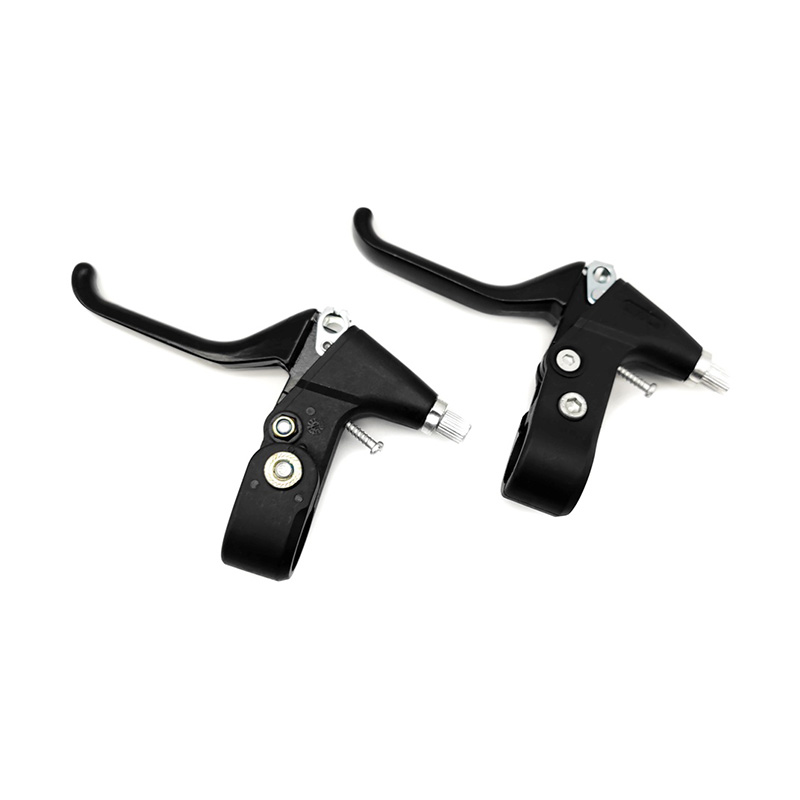What is a mountain bike cassette sprocket?
A mountain bike cassette sprocket is one of the core components of a mountain bike's speed change system. It is usually installed on the rear wheel axle and used in conjunction with the front toothed disc (crank) and the transmission to achieve multi-gear speed change, thereby adapting to different terrains and riding needs. "Cassette" refers to its installation method as a cassette, that is, a freewheel shaft with a toothed groove engages with the flywheel of the transmission to achieve the transmission and speed change functions of the chain.
Flywheel teeth: Cassette sprockets are usually composed of multiple toothed discs, each with a different number of teeth, forming a combination of increasing or decreasing numbers of teeth. For example, the common tooth number range is 11-32T (that is, the minimum number of teeth is 11T and the maximum number of teeth is 32T), which is suitable for complex terrains of mountain biking.
Freewheel: Cassette sprockets are usually equipped with a freewheel mechanism, which allows the rider to freely rotate when pedaling, and does not drive the chain when not pedaling (such as sliding downhill), saving physical energy.
Compatibility: The cassette sprocket must be compatible with the freehub body of the transmission. Common standards include Shimano 10/11 speed, SRAM 10/11 speed, Campagnolo 10/11 speed, etc.
Material:
Steel: Low cost, but poor wear resistance, suitable for users with limited budgets.
Alloy: Such as 7075-T6 aluminum alloy, which has high strength, light weight and good wear resistance, is a common choice for high-end mountain bikes.
Carbon fiber: Some high-end brands offer carbon fiber cassette sprockets, which are extremely light but expensive.
Silver + black: This is the most common color scheme, suitable for most mountain bikes and speed systems.
Other colors: Some brands offer red, blue, green and other color options to match the whole vehicle painting or personalized needs.
MTB Bicycle Cassette Sprocket are usually matched to the speed rating of the transmission. Common ones are:
1x11 speed system: only one front chainring is used, with an 11-speed rear cassette, suitable for long-distance riding or off-road riding.
2x11 speed system: two front chainrings (usually 30T and 42T) are used, with an 11-speed rear cassette, providing a wider gear ratio range, suitable for mountain off-road and complex terrain.
Note: The tooth range of the cassette sprocket must be compatible with the speed rating of the transmission. For example, a 10-speed transmission cannot use an 11-speed cassette.
Applicable scenarios
Mountain off-road: A wide gear ratio range is required to cope with steep slopes and long descents.
XC riding: High requirements for lightness and efficiency, usually use a 1x11 system.
Downhill: Extremely high requirements for gear ratios and durability, usually use a 2x11 system.
Long-distance riding: Both climbing and sprinting capabilities are required, and 2x11 systems are more common.
Installation and Maintenance
Installation steps:
Insert the cassette sprocket into the freewheel seat of the rear wheel axle.
Use a wrench or special tool to fix the cassette sprocket on the hub.
Make sure the chain is aligned with the cassette sprocket, front chainring, and derailleur to avoid offset.
Maintenance points:
Check the chain for wear regularly and replace the chain if necessary.
Clean the surface of the cassette sprocket to prevent dirt and grease accumulation.
Check if the flywheel is loose and tighten it with an Allen wrench if necessary.
Use special lubricant to keep the chain running smoothly.
Speed shifting efficiency: The tooth number distribution of the cassette sprocket directly affects the speed shifting efficiency. A reasonable gear ratio combination can reduce pedaling resistance and improve riding efficiency.
Durability: High-quality cassette sprockets have better wear resistance and stability, and are suitable for high-intensity use.
Non-circular sprocket vs. round sprocket: Studies have shown that non-circular sprockets are not better than round sprockets in terms of physiological efficiency, so compatibility and durability should be given priority when choosing.

 中文简体
中文简体 English
English
